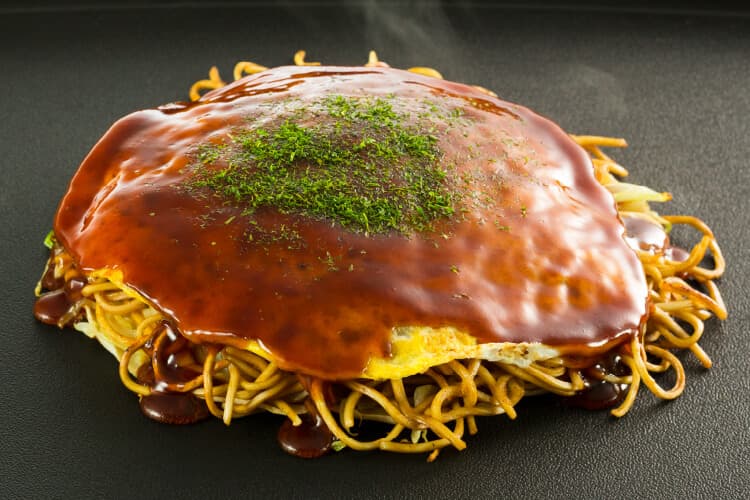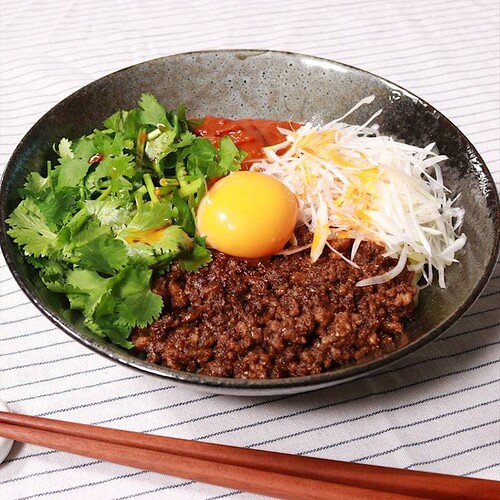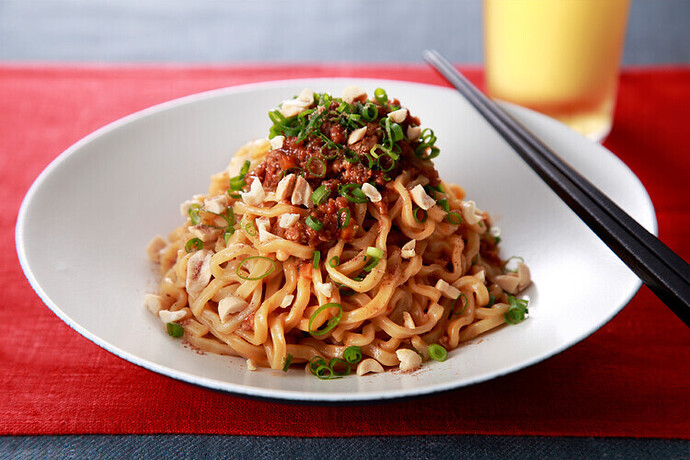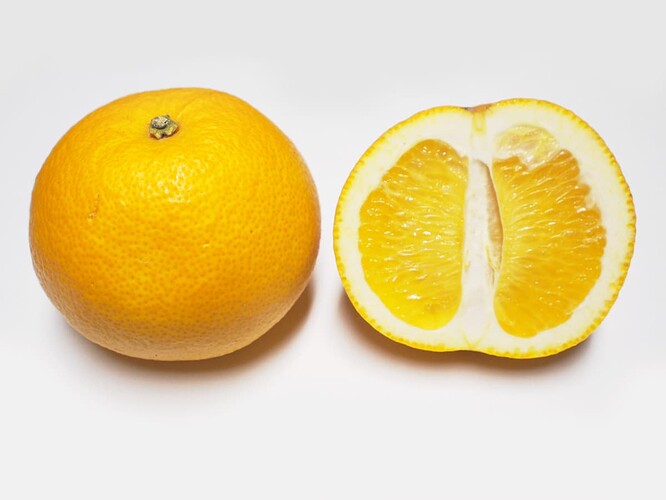187 752 (community total) + 114 (my reviews) = 187 866
187 866 (community total) + 25 (my reviews) = 187 891
187 891 (community total) + 20 (my reviews) = 187 911 (new total)
187 911 (community total) + 21 (my reviews) = 187 932
187 932 (community total) + 1 (my reviews) = 187 933
187 933 (community total) + 10 (my reviews) = 187 943
187 943 (community total) + 103 (my reviews) = 188 046
188 046 (community total) + 20 (my reviews) = 188 066
188 066 (community total) + 49 (my reviews) = 188 115
188 115 (community total) + 30(my reviews) = 188 145
188 145 (community total) + 14 (my reviews) = 188 159
188 159 (community total) + 25 (my reviews) = 188 184
188 184 (community total) + 31 (my reviews) = 188 215
188 215 (community total) + 27 (my reviews) = 188 242
188 242 (community total) + 28 (my reviews) = 188 270
188 270 (community total) + 18 (my reviews) = 188 288 (new total)
We’ve made it to Hiroshima!
Hiroshima Prefecture
Hiroshima Okonomiyaki 広島風お好み焼き
I previously introduced okonomiyaki as a famous food of Osaka, but Hiroshima-style okonomiyaki is different as, rather than being mixed together, it is served in layers and contains noodles. Trust me, it’s as filling as it looks!
Tantan Noodles with no Soup 汁なし担々麺
As you have probably realised by now on this race, the vast majority of noodles in Japan come with some form of soup, or drinkable sauce. Hiroshima is famous for these noodles that are served with neither. Flavours vary from place to place, but they are generally served hot, topped with meat and an egg.
Hassaku Orange ハッサク
This orange, native to Japan and particularly famous in Hiroshima Prefecture, has a specifically sour and bitter taste. It is available raw, as a juice, and as a pulp to be added to other foods.
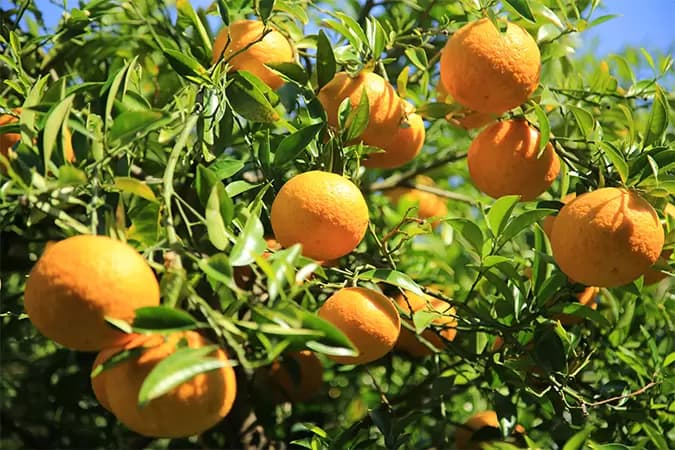
Next stop, Yamaguchi! We need 5,910 yen for the ticket, so our next target is 194,170. Let’s go!
188 288 (community total) + 30 (my reviews) = 188 318 (new total)
188 318 (community total) + 64 (my reviews) = 188 382

